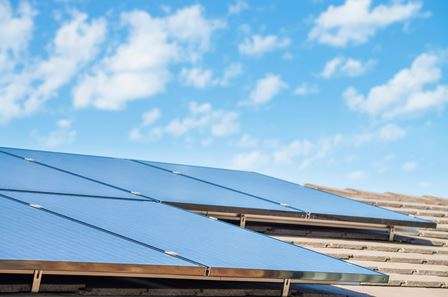Ultra-violet to produce ultra-thin in new funding

Researchers at the University of Liverpool are investigating the use of ultra-violet light to create thin films that can be used on solar panels, and to keep food and medical instruments sterile.
Funding from the Engineering and Physical Sciences Research Council (EPSRC) will enable the researchers to develop new methods for atomic layer deposition – a technique used in the manufacture of computer chips, flat panel displays and other electronic devices – using light rather than heat to create the layers.
Currently, chemicals are placed on a flat surface and heated from below. As they react, the chemicals produce layers which are one nanometre per cycle thick and highly uniform.
Energy efficient
The Liverpool project will replace the use of heat from below with light from above in order to create the reaction. This is significantly more energy efficient and will allow industry to use atomic layer deposition in many more applications which require larger surfaces to be covered.
One possible application for the new method is the creation of specialised packaging which can be used to keep medical equipment or food sterile. It will also be possible to cover large areas – for example coating solar power arrays with higher performing materials, without increasing the cost.
Professor Paul Chalker from the University of Liverpool's School of Engineering is leading the project alongside colleagues Dr Richard Potter and Dr Chris Sutcliffe. He said: "This is a new and exciting concept for high-tech manufacturing. There are many advantages to using ultra-thin layers, but until now they have been largely confined to the electronics industry."
The award totals £251,000 and will enable an 18 month feasibility study. It complements existing EPSRC funding of £1.4m at Liverpool to develop atomic layer deposition technologies.
The latest funding was announced today by Vince Cable, Secretary of State for Business, Innovation and Skills as part of a £3.6m initiative, supporting manufacturing research which uses light.
He said: "This new funding will develop research to support the UK's growing manufacturing sector which already employs around 2.5 million people."
Provided by University of Liverpool



















